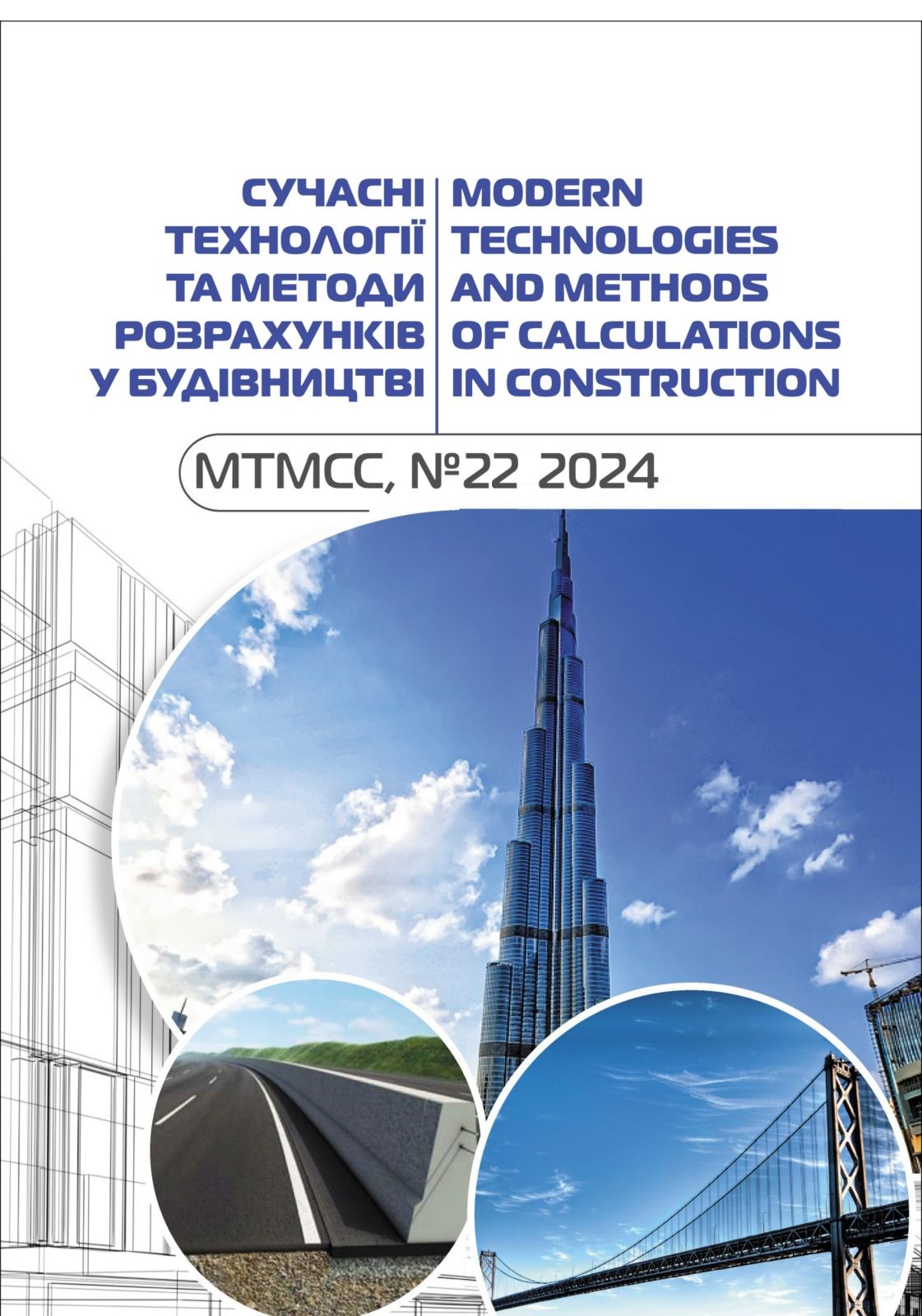Analysis of the effectiveness of using high-strength concrete in compressed elements of monolithic frame buildings
Abstract
Traditionally, reinforced concrete is the most common material for constructing multi-story civil buildings. Modern construction is characterized by a significant increase in the number of storeys of buildings and at the same time a significant increase in the complexity of architectural solutions. Therefore, high-strength concretes are quite popular materials, especially in implementing ambitious architectural projects, where it is necessary to ensure high strength and reliability of structural elements.
The issue of increasing the strength and durability of concrete has long been on the agenda of scientists around the world. Many of them believe that the main method of improving the physical, mechanical construction, and operational indicators of concrete is to ensure the quality of its micro- and mesostructure, i.e., high density, impermeability, and minimal cracking.
It has been proven that the use of high-quality aggregates, highly active cement, and a low W/C ratio is the simplest and most economical way to obtain high-strength concrete using traditional manufacturing technology.
Among the advantages of using high-strength concretes are higher early strength, the possibility of early stripping (and therefore, earlier commissioning of the facility), increased load-bearing capacity, reduced costs for formwork due to a reduction in the cross-section of structural elements (respectively, a reduction in the weight of the latter, and therefore, the load on the structures below). This, in turn, will contribute to a reduction in the volumes of concrete and reinforcement, i.e., the installation mass of the elements, and, accordingly, a reduction in transport costs for the delivery of materials. Important advantages are also higher density, water and gas impermeability due to a reduction in capillary pores, increased resistance to chemically active substances; high corrosion resistance, and therefore, protection of reinforcement; and reduced costs for formwork.
The paper studies the feasibility of using high-strength concrete for the manufacture of vertical elements operating in compression - columns and pylons of multi-story residential buildings.
To study the effectiveness of the use of high-strength concrete, a monolithic 13-story frame residential building with commercial premises located on the first floor was taken. The calculation was carried out in the MONOMAKH-SAPR PC using the finite element method (FEM).
The study found that replacing concrete in columns of class C20/25 with concrete of class C50/60 allowed a total economic effect of 223,693 thousand UAH due to the reduction in the cross-sectional dimensions of the columns and the reduction in the cost of reinforcing steel. The savings on materials amounted to 17.9%. It is also important that the useful area of the building increased when the cross-sections of the columns were reduced, which will also have a significant economic effect.
Therefore, we can conclude that it is economically feasible to use high-strength concrete for columns of multi-story buildings, especially in high-rise construction.








